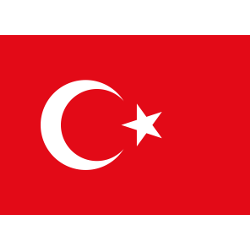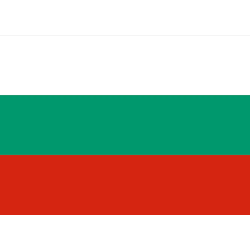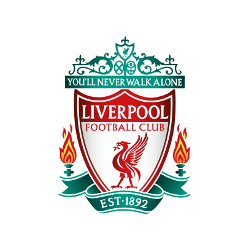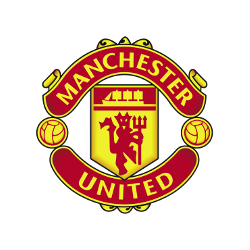How Have Football Jersey Sponsorships in Premier League Changed From Beer to Betting?
An intriguing story about how jersey sponsors in the Premier League, the most prominent men’s national football league competition in the world, have changed in terms of the businesses they came from was published by the BBC, the most popular news website in the United Kingdom. Now, gambling is the norm.

Photo: Betano as Aston Villa’s betting sponsor (screenshot: youtube.com/@NUFC)
The BBC, which has the largest average viewership of any UK news website (39.2 million), attempted to “decipher” the trend of the Premier League’s shifting football shirt sponsorships.
They began by stating that the days of household brands being emblazoned on the jerseys of the top English football teams are long gone. Many of the corporations that sponsor shirts don’t really operate in the UK and aren’t really trying to sell anything to fans, despite the Premier League’s increased global following and prominence.
Who Sponsors Premier League Teams?
The self-imposed prohibition on front-of-jersey gambling sponsors by Premier League clubs is scheduled to take effect before the 2026–27 season. However, as of right now, 11 teams—three more than the previous season—have a gambling sponsor on the front of their shirts. The total value of jersey sponsorship agreements between Premier League teams and gambling companies for the 2024–25 season is $135.43 million (£101.1 million), according to data from GlobalData.
Companies from four industries—financial services, entertainment, technology, and aviation—support the other nine clubs.
Why Have Sponsors of Football Shirts Changed?
When the Premier League was first formed 30 years ago, none of its 22 clubs had a jersey sponsorship agreement with a gambling corporation. The majority of the businesses that sponsored teams during the 1992–93 campaign sold tangible goods in the UK, and just over half of them had their headquarters there. These days, only one of the front-of-shirt sponsor companies has its headquarters in the UK, and none of them are trying to sell tangible goods that fans may purchase directly. Even Standard Chartered, the bank that partners with Liverpool F.C., doesn’t permit UK customers to open a current account with it.
Clothing, construction, and technology are among the industries that have virtually vanished from shirts. Since then, Commodore, Fisons, ICI, Mita Copiers, and Tulip Computers—five of the 1992–93 shirt sponsors—have all gone out of business.
Seven Premier League jersey sponsor companies were located within 100 miles of their team during the first season of the league. Two of them, Sheffield United F.C. and Ipswich Town F.C., were situated less than a mile apart, and four of them were established within 10 miles. Only Liverpool are now located within 1,000 miles of the primary base of their jersey sponsor. In 1992–93, the average distance between a club and the headquarters of its shirt sponsor was 1,859 miles. It is 4,431 miles now.
Companies in nations like Japan that had thriving economies in the early 1990s but now have weaker economies have become less regular shirt sponsors as the global financial landscape has altered. In the meantime, sponsorship agreements are being funded with more recent funds in contemporary financial hotspots like the Middle East. Partnering with clubs offers sponsor firms much more than just advertising; they may entertain customers in special boxes, use celebrity player photographs for marketing collateral, and sometimes even exploit the relationships for political clout.
Why Are Jerseys Sponsored by Gambling Companies?
According to research, the opening weekend of the 2018–19 Premier League season saw over 29,000 viewings of gambling ads in the UK, nearly tripling the number from the previous season.
The most recent data from the Gambling Commission (UKGC) shows that between April 2022 and March 2023, gambling companies made £15.1 billion. They have lots of money to spend on advertising, thanks to that revenue. Additionally, some people think they will shift their advertising to other places, such as pitchside hoardings and possibly even jersey sleeves, despite the impending prohibition on the front of jerseys.
What Effects Is Gambling Sponsorship Having on Football Teams and Supporters?
The front of the shirts of none of the six richest teams in the Premier League—Arsenal F.C., Chelsea F.C., Liverpool F.C., Manchester City F.C., Manchester United F.C., and Tottenham Hotspur F.C.—features a gambling company. Gambling companies can link themselves with the Premier League without having to pay large prices by focusing on clubs lower in the league, especially because most of them are offshore sportsbooks, which are considerably more likely to be relegated and endure the associated economic instability.
Compared to sponsoring any of the top six, it’s less expensive. Additionally, their brand appears on jerseys in pictures of these clubs competing against the top six. They go by the logic, “We’re in the Premier League, so who cares who we’re sponsoring?” That’s the credibility of it.
FAQ
More tips on Football
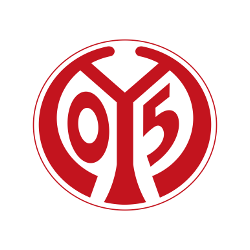
1. Fußball- und Sport-Verein Mainz 05
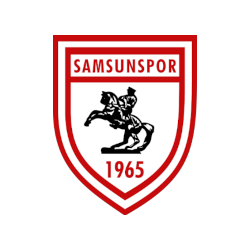
Samsunspor Futbol Kulübü

Dinamo Zagreb

Real Betis Balompié

Società Sportiva Calcio Napoli

Juventus Football Club
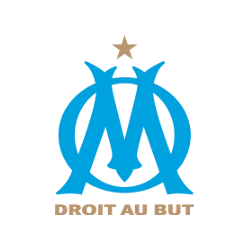
Olympique de Marseille
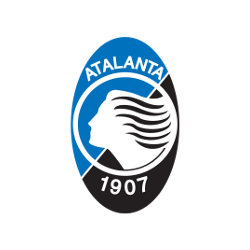
Atalanta Bergamasca Calcio

Racing Club
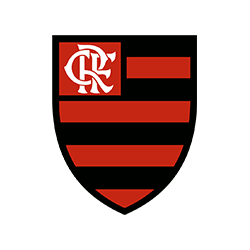
Clube de Regatas do Flamengo
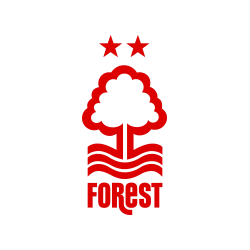
Nottingham Forest Football Club
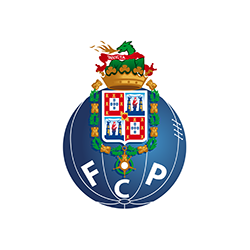
Futebol Clube do Porto

Sweden

